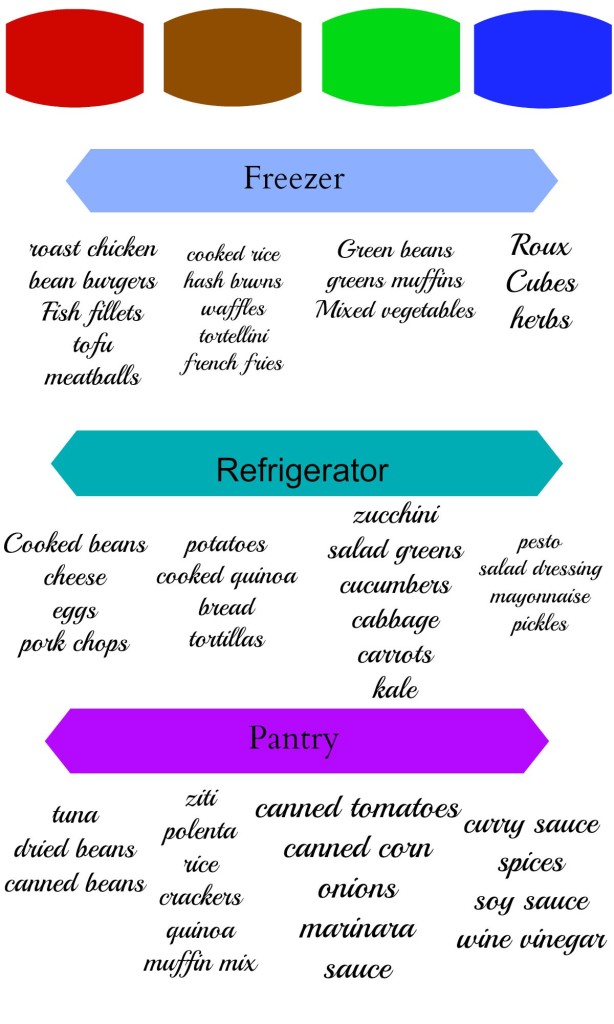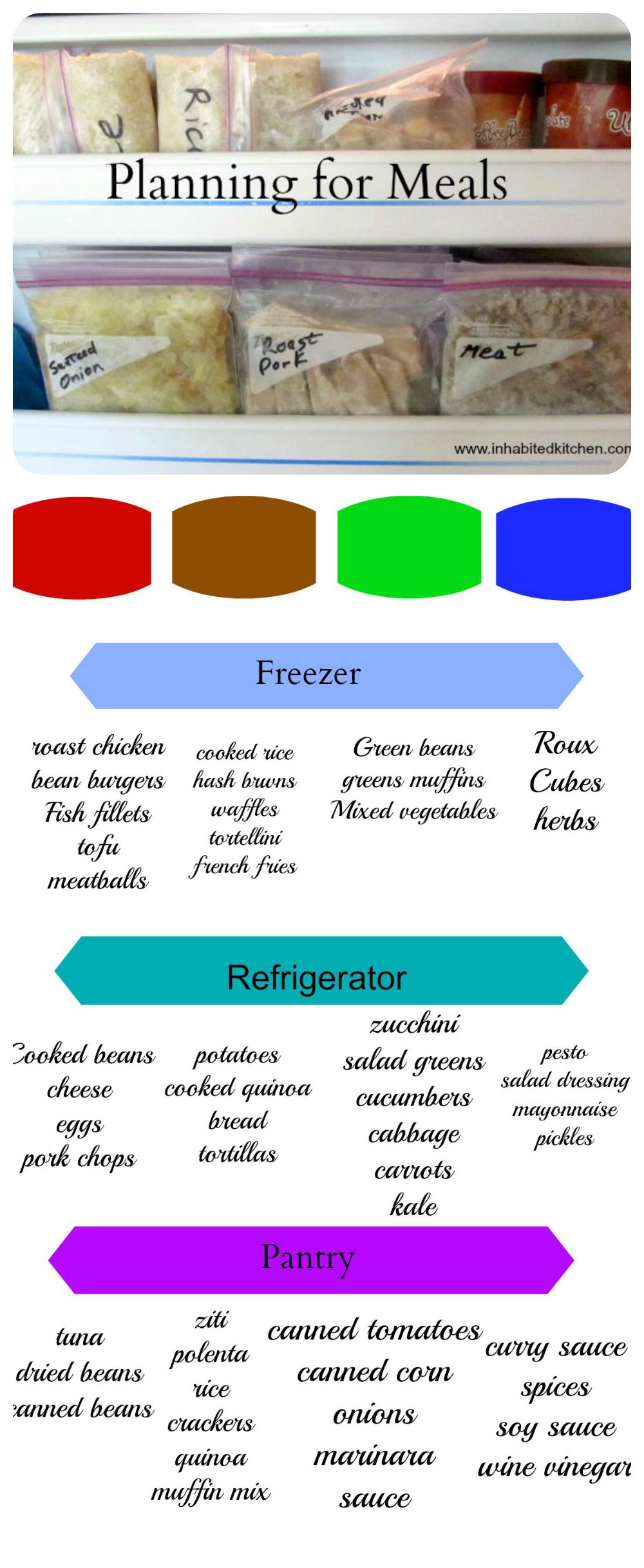Planning For Meals
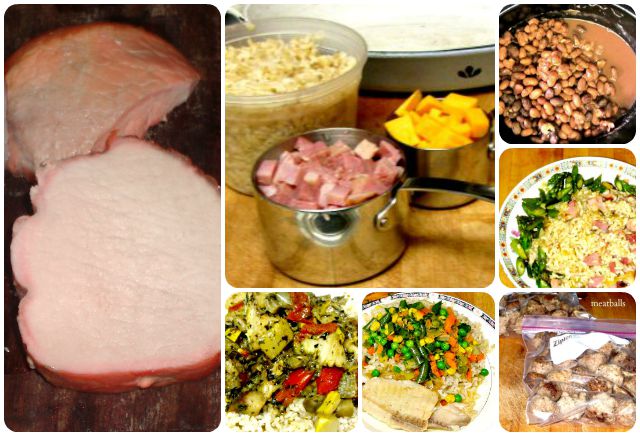
Planning For Meals is the foundation of the Inhabited Kitchen method of cooking and eating. That paradigm shift – to plan for a meal, rather than plan a set meal – has made it possible for me to put home cooked food on the table through disabling illness, on evenings I get stuck on a job, and on days when Rich has a totally unpredictable schedule. I have the flexibility I need for my actual, highly unpredictable life.
Most of us have at one time or another thought “I need to get better at meals.” Sometimes we think this looking at the bag of takeout or the cheese sandwich, and thinking that we’ve eaten this way too often in the last week or so. Other times, we are looking ahead at a life change – we feel in control now, but the new job/baby/school schedule may endanger that. And often, it is the desire – or immediate need – to change the way we and the family eat that looks overwhelming. I see this often in people diagnosed with celiac disease, but it is as true for people with newly diagnosed diabetes or allergies, and, less abruptly, for many of us who just want to eat better food than we have.
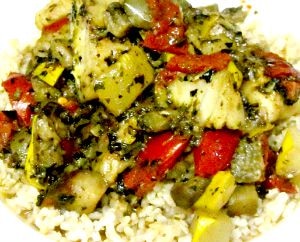
The usual Official Answer is “Plan your meals.” And there are many ways to do this – from charts with every meal for the next month written down, to Tuesday = Meatloaf systems, to Once a Month Cooking, to the simpler (and much more common) approach of drawing up a weekly shopping list with a meal plan, ideally with an eye on sales and seasonal produce.
And all of these approaches work well for many people. If each person in the household gets home at roughly the same time every day, if schedules don’t much vary week to week, if you can be reasonably sure that you can get the ingredients for the meal you planned, they can work quite well.
But if standard Meal Planning is working for you, you might not be reading this…
Some of us just need more flexibility. For some of us, this is a matter of temperament… Often, though, it is a scheduling issue. You’re unexpectedly stuck at work or in a traffic jam. Or someone needs to run out quickly to an unexpected meeting – so your oven baked meal won’t be ready in time. (Or the hot water went out – that happened while I was writing this! So I did not roast a chicken, to wash a greasy pan in cold water…)
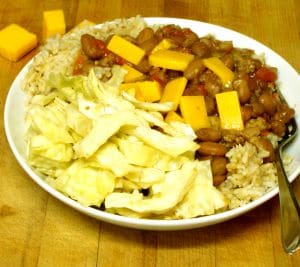
Perhaps it is ingredients. The experts tell you that you need to plan so you’ll have everything you need – they don’t tell you what to do when you plan an entire dinner party around eggplant parmigiana and then no store in the area has eggplant… or a result of getting home late was that you did not get to the store.
My approach is essentially One or more from Column A, One from B, Fill In Lots from C… Some from D as Needed or Desired. (So far, typical planning.) And then I make sure there is always something Ready To Eat in all columns.
OK – let me be clearer, here…
I very definitely do best with a meal pattern of a serving of one or more protein foods, a serving of a complex carbohydrate, and plenty of vegetables… and that pattern has been working well for Rich, too. (And it’s pretty much what most nutritionists recommend for most people…) So I make sure that at all times I have a couple of options of all the above on hand – usually a combination of fresh that I pretty much expect to cook, and a few frozen or shelf stable that can be thrown together in a pinch.

So – in Column A – Protein Foods – I’ll have (for example) cooked pork (from a shoulder I slow cooked,) and cooked chicken (I braised six thighs, we ate two) in the freezer. A whole chicken, a container of cooked black beans, another of tofu, cheese, and eggs in the fridge. Cans of beans, tuna, and commercial chili, shelf stable tofu, and a few canned soups in the pantry. I don’t use commercial veggie burgers (and some of these, or mock meat, have gluten) but if you do they’re in this category. I expect to cook the chicken tonight – and put leftovers in the freezer to keep the cycle going – but if for some reason I can’t, I can pull already cooked meat out, heat it with some of the beans, and we have dinner…
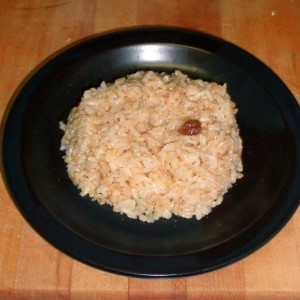
Column B – Complex Carbohydrates (I use a jargon that refers to these as Browns – even though there are several colors…) I always have raw brown rice and quinoa (which I like because it cooks in 15 minutes!) I generally have at least one other whole grain – millet, kasha, whole sorghum, corn grits, I’m starting to expand my repertory… I have pasta. I have a tube of shelf stable polenta – slice and heat! I have whole grain (now gluten free) crackers, and brown rice cakes (definitely a staple for me!) In the fridge, I often have rice or other grain I cooked the day before. Corn tortillas. Muffins. There may still be wheat bread for Rich – I will find a bread I like, too, it’s just too useful…

Column C – Vegetables (and some fruit.) Well, this is endless… As you know, I favor fresh and local, but I do not limit myself to that, especially in Winter and early Spring. At this time of year, my refrigerator is full of fresh eggplant, zucchini, many kinds of greens, and so on… and I like that. But I also always have some precooked vegetables in the freezer – right now, greens I cooked earlier, but a few months ago I had commercial frozen green beans… Things I can microwave when I’m late or unwell, and don’t feel up to washing and trimming fresh vegetables. And while I’m an advocate of Fresh and Local, I’m here to tell you – if washing and trimming a head of broccoli is standing between you and putting vegetables on your table when you need to feed the kids ASAP, for heaven’s sake get a bag of frozen! (Or washed and trimmed from your produce department – more stores are carrying that. There are times it really helps!)
And I always, always have canned tomatoes in several forms – diced, pureed, whole, paste. I certainly don’t use them now, in tomato season, but that only lasts 2-4 months around here (depending on frost dates) and I’d rather use canned than the inferior ones trucked across the continent in winter. I can get surprisingly good canned corn – ditto…

Column D – Optional – Flavoring and sauce. Anything from fresh basil to a jar of commercial simmer sauce… I count broth in here, whether canned or my own homemade. Some vegetables turn up here – onions, leeks, other aromatics (which I sometimes precook and freeze, both to preserve them and to make later meals easier.) Dried mushrooms. A jar of pesto. This is the column that adds variety, to keep things from getting boring…
What does this look like in practice? Well, this is getting too long already, so that will be another post – Watch this space!
But meanwhile – take a whiteboard, or a piece of paper – and start making lists. You almost certainly already have at least some things you can slot into the categories… Start thinking about how you can use them.
